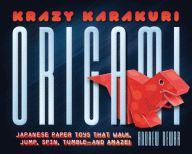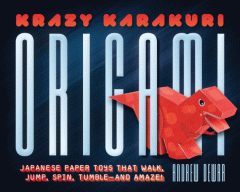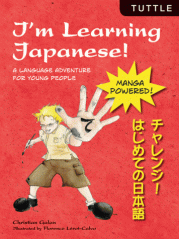Last Wednesday at Kiyomizudera (清水寺), one of my favorite spots anywhere, Japan’s Kanji of the Year was announced. Each year, the Japanese Kanji Proficiency Society, the 財団法人日本漢字能力検定協会 (“Zaidan hōjin Nihon Kanji Nōryoku Kentei Kyōkai”—a tongue-twister even in Japanese) invites the public to vote on a character that’s emblematic of events in Japan and the world. This year’s winner was 金, which means “gold”.
Usually pronounced “kin” or “kane”, 金 is one of the first characters students learn because it’s the first character in 金曜日 (kinyōbi, Friday), an important day of the week in any language. In lands that adopted their view of the skies from China, Venus is 金星 (jīnxīng) the Gold Star, which means Asia shares with Europe the association of Friday (Lt. diēs Veneris, Sp. viernes, Fr. vendredi, Gr. Freitag) with the second planet, thought of by the ancients as the golden Barbarella of the heavens.
As explained by Ken Henshall in his authoritative Guide to Remembering Japanese Characters and by Len Walsh in his conversational Read Japanese Today, the original Chinese pictograph for 金 represented a mountain (the pointed cap) under which was a mine (the three horizontal bars) with metal nuggets (the diagonals at the bottom) dotted in. Another common word related to metal that earns 金 a spot on any high-frequency kanji list is お金, almost always with the honorific お- (o-) in front, which means “money”. I have a yen to point out that, unlike the French for whom money (l’argent) is silver, for the Japanese, like the Germans (das Geld), it’s 24k gold. Alas, ¥1 coins these days are weightless flecks of stamped aluminum. But if you move to Japan and strike it rich, you’ll still be called 金持ち (kanemochi, “gold-holding”; i.e., rich) by your neighbors.
It’s not a very common name in Japan, although it does turn up in 金田 (Kanada). In Korea, however, 金, written phonetically in hangul as 김, is one of the most common of all family names. In China, 金, now pronounced Jin, is also a fairly common family name. A favorite word in restaurant names, look for it also the next time you go out for Szechuan.
金 also gets pressed into service as a “radical”, a building block of more complex characters. The Mount Everest of kanji dictionaries, Tuttle’s magisterial Original Modern Reader’s Japanese-English Character Dictionary, referred to as “Nelson” by its legions of fans, lists 167 characters in its 金 section. Most are names of metals, such as 銀 (shirogane, silver) or 鉄 (tetsu, iron), something made of metal, like a 鍵 (kagi, key) or a 針 (hari, needle), a quality of metals 鋭い (surudoi, sharp), or a verb we associate with metal, like 錆びる (sabiru, to rust). This is a good example of why grouping characters by radical is a pretty good mnemonic method of learning characters in batches.
How Japanese voters settled on 金 this year was a process of collective free-association. The Japanese use characters as stand-alone words, but also in the same way we use Latin and Greek roots in English. To talk about trees in English, for example, the sturdy, old English “tree” (from Old English “trēow”) stands alone. In compound words, however, we upgrade to Latin (arborist or arboretum from Lt. “arbor”) or Greek (dendrology from Gk. δένδρον/”dendron”). Just the same thing happens in Japanese, only in Japanese the word “tree” and the roots “arbor-“, and “dendro-” are all written with the same character (木, 樹木学, and 樹木医). The relationship between how a word is written and how it sounds is tenuous or absent, but related meanings that are obscure in English are plain in Japanese, even to a child. In the kanji vote, you can free-associate across all of a character’s meanings and uses.
With the Kanji of the Year, the goal is to pick one that in its many uses captures the zeitgeist of the year. Reasons voters gave for choosing 金 were medals won by Japan at the London Olympics, the Nobel Prize awarded to stem cell researcher Shinya Yamanaka, and worries about the Japanese government’s budget deficit and possible tax increases (崖, gake, is the word for “cliff” in Japanese), which all touch on 金’s association with excellence (gold), medals (metal things), and money.
In honor of the Kanji of the Year, I’m raffling off a copy of Hadamitzky and Spahn’s excellent Japanese Kanji & Kana, a best-seller since its first edition in 1979 and now updated to reflect the Japanese government’s new 常用漢字 (jōyō kanji, “daily use”) list. If you’d like to win the book, click here to email me and put “Kanji” in the subject line.
If you’re traveling this weekend, be safe, and if you’re celebrating Christmas, have a good one!







